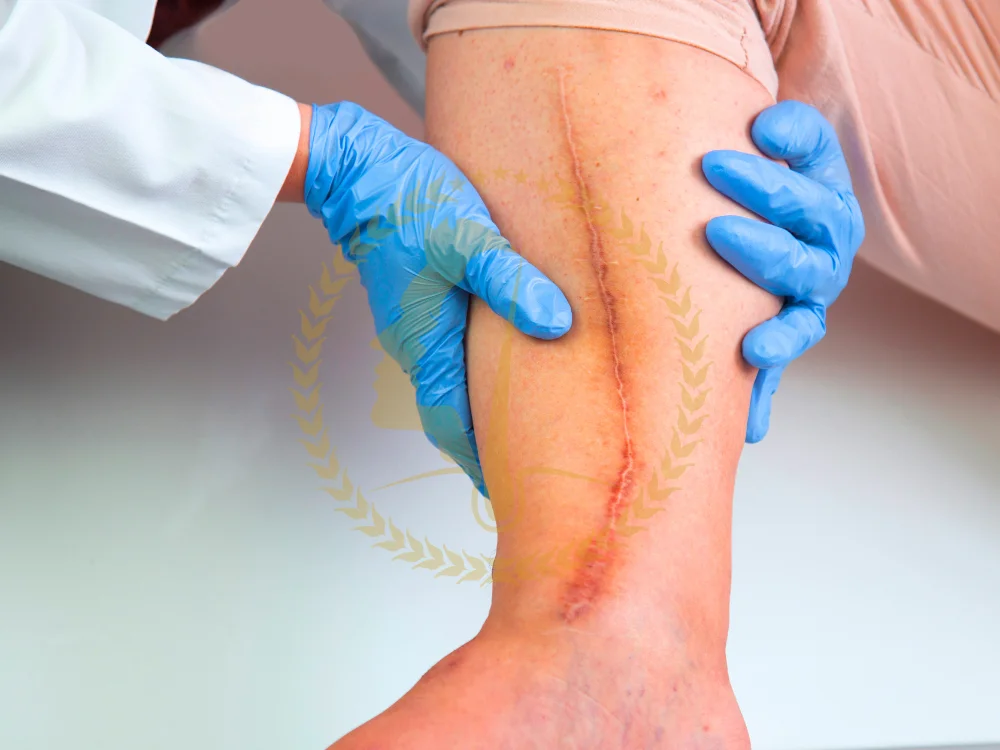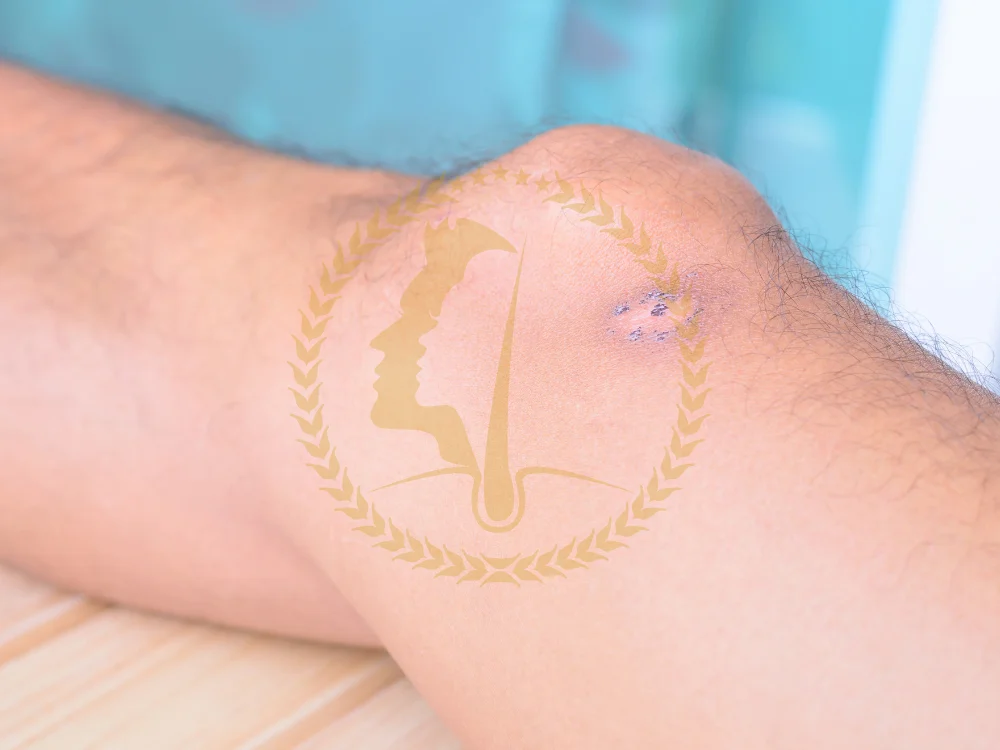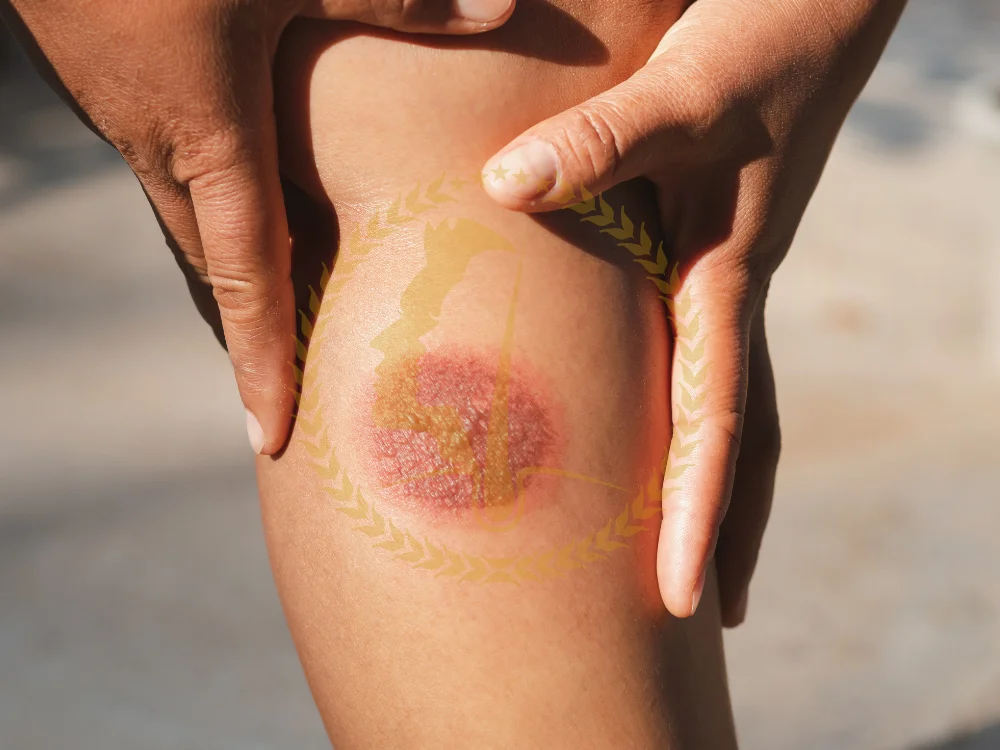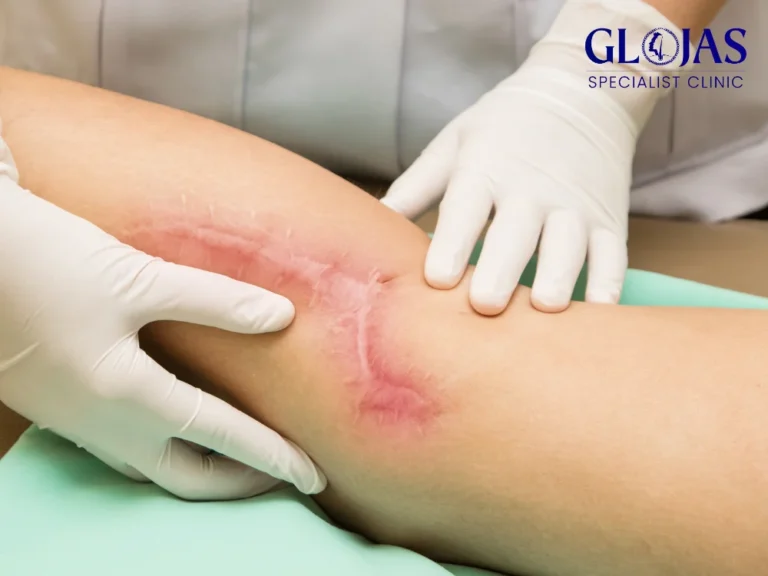Leg scars can be unsightly and affect self-esteem, but the good news is that there are several effective ways to reduce or remove them. Whether you’ve got scars from surgery, injuries, or even acne, leg scar removal techniques range from natural remedies to advanced medical treatments. In this article, we will explore some of the best methods available to help you achieve smoother, more even-toned skin.
Understanding Leg Scars: Causes and Types
Scars on your legs can occur due to a variety of reasons, and knowing the type of scar you’re dealing with can guide you toward the best removal technique. The most common causes include:
- Injuries or cuts – Accidents, falls, and cuts can leave behind deep scars, especially if the wound did not heal properly.
- Surgical scars – Operations like knee surgery often leave long-lasting marks on the skin.
- Stretch marks – These occur when the skin stretches too quickly, usually due to weight gain or pregnancy.
- Burn scars – Burns, especially third-degree burns, can result in significant scarring.
Understanding the type of scar is essential when exploring leg scar removal options. Different scars respond better to specific treatments, so let’s delve into the most effective methods available today.

1. Topical Creams and Gels for Leg Scar Removal
One of the most accessible and least invasive methods for leg scar removal is the use of topical creams and gels. These over-the-counter products are specially formulated to help break down scar tissue, reduce redness, and promote skin regeneration. The key ingredients in these products include:
- Silicone – Considered the gold standard for scar treatment, silicone-based gels and sheets can soften scars and reduce their appearance over time.
- Vitamin E – Known for its healing properties, Vitamin E creams can reduce scar visibility and improve skin elasticity.
- Retinoids – Derived from Vitamin A, these can accelerate skin cell turnover, helping to fade scars more quickly.
Most topical treatments require consistent application over several weeks or even months for optimal results.
2. Laser Therapy for Stubborn Scars
For deeper or more pronounced scars, laser therapy is a highly effective leg scar removal technique. Laser treatments work by removing the outer layers of the skin, promoting new, healthy skin growth. There are different types of laser treatments, including:
- Ablative lasers – These lasers remove layers of skin, similar to peeling away scar tissue, to encourage new growth.
- Non-ablative lasers – These stimulate collagen production without damaging the surface of the skin, which can help reduce scars from within.
Laser treatments typically require multiple sessions and can be quite costly, but they provide significant improvement for deep or large scars.
3. Microneedling: Stimulate Collagen to Remove Leg Scars
Microneedling is another popular leg scar removal method that involves puncturing the skin with tiny needles. This process stimulates collagen production, which helps heal scars by smoothing out the skin. Microneedling is especially effective for:
- Atrophic scars (depressed scars) caused by acne or injuries.
- Surgical scars that are raised or uneven in texture.
This treatment is minimally invasive, but results are not immediate. It may take several sessions over a few months to see significant improvement in scar appearance.

4. Chemical Peels for Smoother Legs
Chemical peels are another non-surgical option for reducing the appearance of leg scars. These peels use acidic solutions to exfoliate the top layers of the skin, encouraging new, smoother skin to form. Chemical peels are particularly useful for:
- Shallow scars such as those caused by acne or minor injuries.
- Hyperpigmentation – Dark spots or uneven skin tone caused by scars.
Chemical peels come in various strengths, from light to deep. While lighter peels require little to no downtime, deeper peels might need some recovery time and should be performed by a professional dermatologist.
5. Natural Remedies for Leg Scar Removal
If you’re looking for more natural or home-based options, several remedies may help fade scars over time. While these methods might not work as quickly as medical treatments, they can be effective with consistent use. Some popular natural remedies include:
- Aloe Vera – Known for its healing properties, Aloe Vera can reduce inflammation and promote skin repair.
- Coconut Oil – Rich in Vitamin E and antioxidants, coconut oil may help soften scar tissue and improve skin texture.
- Honey – This natural moisturizer is great for hydrating the skin and can help in reducing scar appearance.
- Lemon Juice – Acting as a natural bleaching agent, lemon juice can help lighten dark scars over time, though it should be used with caution on sensitive skin.
While natural remedies are inexpensive and easy to use, keep in mind that they may require patience and persistence to achieve noticeable results.
Post-Treatment Care: Maximizing Results
Regardless of the leg scar removal method you choose, proper post-treatment care is essential to maximizing results. Here are some tips to enhance your scar removal process:
- Moisturize regularly – Keeping your skin hydrated helps promote healing and prevents scars from worsening.
- Protect from the sun – UV exposure can darken scars, making them more noticeable. Always apply sunscreen to the treated area.
- Avoid picking or scratching – Interrupting the healing process can lead to more pronounced scarring.
Following these tips can help you maintain smoother skin and prevent future scars from forming.

FAQs About Leg Scar Removal
- How long does it take for scars on the legs to fade?
The time it takes for scars to fade depends on the type of scar and the treatment used. With proper care and treatment, some scars may fade in a few months, while deeper scars could take a year or more. - Are laser treatments for leg scar removal painful?
Laser treatments can cause mild discomfort, similar to a rubber band snapping on the skin. However, numbing creams are often used to minimize pain during the procedure. - Can old scars be removed completely?
While it’s challenging to remove old scars completely, treatments like laser therapy, microneedling, and silicone-based products can significantly reduce their appearance. - Is microneedling safe for all skin types?
Yes, microneedling is generally safe for all skin types, but it’s important to consult with a dermatologist to ensure it’s the right option for you. - Can chemical peels be done at home?
While light chemical peels can be done at home using over-the-counter products, stronger peels should be performed by a licensed professional to avoid damaging the skin. - How often should I apply scar removal creams?
Most scar removal creams should be applied twice daily for several months to see the best results. Always follow the instructions provided by the product manufacturer.
Leg scar removal is achievable with the right combination of treatments, from medical procedures like laser therapy to natural remedies like Aloe Vera. By understanding your specific type of scar and choosing the most appropriate method, you can significantly reduce the appearance of scars and gain more confidence in your skin’s appearance.
